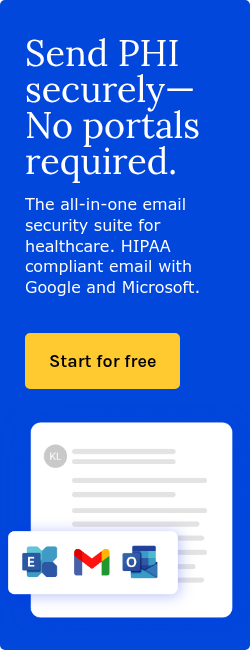
The recent ransomware attack on BayMark Health Services, a leading provider of opioid treatment and recovery services, reveals the important decisions healthcare organizations face when confronted with cyber threats.
Discovered on October 11, 2024, the ALPHV/BlackCat ransomware group's attack compromised BayMark's systems between September 24 and October 14, exposing over 130GB of sensitive patient data, including names, Social Security numbers, driver's license numbers, and treatment information. The company's decision not to pay the ransom resulted in the threat group publishing portions of the stolen data, demonstrating the consequences of ransomware response strategies.
Read more: BayMark Health Services experiences ransomware attack
Factors in ransomware payment decisions
According to an academic paper exploring the decision-making processes of ransomware victims, healthcare organizations must carefully evaluate multiple factors when facing ransomware demands. Patient care impact is important because system disruptions can affect treatment delivery and access to medical records. Legal and regulatory requirements, including HIPAA compliance and breach notification obligations, must be considered alongside immediate operational needs. Financial implications extend beyond the ransom amount to include recovery costs, potential legal liabilities, and cybersecurity improvements. Organizations must also consider how payment might encourage future attacks while weighing this against the immediate need to protect patient data and restore service
Making the decision
The decision-making process requires a quick but thorough assessment of response options. Organizations need to establish incident response plans that include clear criteria for evaluating ransomware demands. This includes understanding the extent of compromised data, verifying the attacker's capabilities, and assessing the likelihood of data recovery through other means. Healthcare providers must also consider their technical capacity to restore systems and the reliability of backups.
Best practices
The Cybersecurity and Infrastructure Security Agency (CISA) provides a guide about ransomware prevention and response:
Prevention and preparation:
Organizations should focus on preparation strategies, prevention methods, mitigation techniques, and understanding common attack vectors. A proactive approach helps build resilience against ransomware threats before they occur.
Response and recovery:
A clear response checklist should be established that includes detection and analysis steps, reporting requirements, containment procedures, and recovery processes. This ensures organizations can respond quickly and effectively when incidents occur.
FAQs
What factors influence an organization’s decision not to pay a ransom?
Healthcare organizations typically consider the impact on patient care, legal obligations, financial implications, and the likelihood of data recovery when making ransomware payment decisions.
What are the consequences of not paying a ransomware demand?
As seen in BayMark's case, refusing to pay can result in stolen data being published. However, paying doesn't guarantee data won't be leaked and could encourage future attacks.
Does HIPAA require healthcare organizations to report ransomware attacks?
Yes, if the ransomware attack results in a breach of protected health information, organizations must follow HIPAA breach notification requirements.
Go deeper: What are the notification requirements after a breach?
Subscribe to Paubox Weekly
Every Friday we'll bring you the most important news from Paubox. Our aim is to make you smarter, faster.




